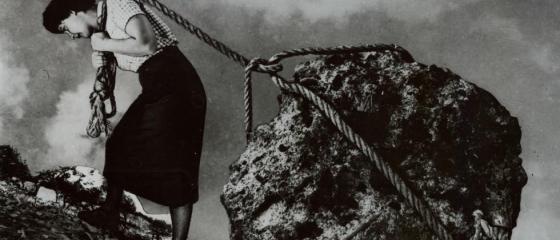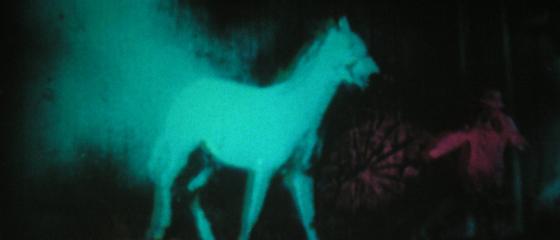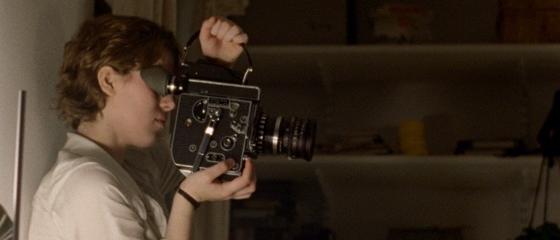The Seville premiere of La Mort de Louis XIV gives us the opportunity to talk to a filmmaker who seems to be putting a new spin on his filmography with a camera piece which frames resonate, however, some of his most recognisable concerns.
You began your filmography by shooting two films on location and now you have shot one film in a single space, in the king's room. Why this permanent desire to transform and modify your own challenges?
At first I was interested in shooting on location because of the unpredictability that could arise during filming. I had a more adventurous spirit, especially when we were looking for locations with extreme temperatures. In El cant dels ocells, for example, we went from extreme heat in Lanzarote to polar cold in Iceland. In Història de la meva mort I shot in Romania, in an inhospitable place where everything was possible. Over time I became interested in the interiors, and I discovered that if you're looking for an organic between the actor and an aspect of the scenery is almost the same. In La Mort de Louis XIV this relationship is established between Jean-Pierre Léaud and the bed.
It has been said many times that chaos must be created during filming for the images to be revealed, whereas in La Mort de Louis XIV, order seems to reign. Why is this so?
It seems more organized, but it is not. Perhaps we were more relaxed because we always played with the same lighting, with three cameras fixed in the room and with the possibility of the actors putting on makeup and dressing on the same set. On the other hand, the shooting was chaotic and tense because of the schedules. The French actors were very scrupulous about the schedules set by the unions and this was strange to me. We also had a lot of problems with the set.
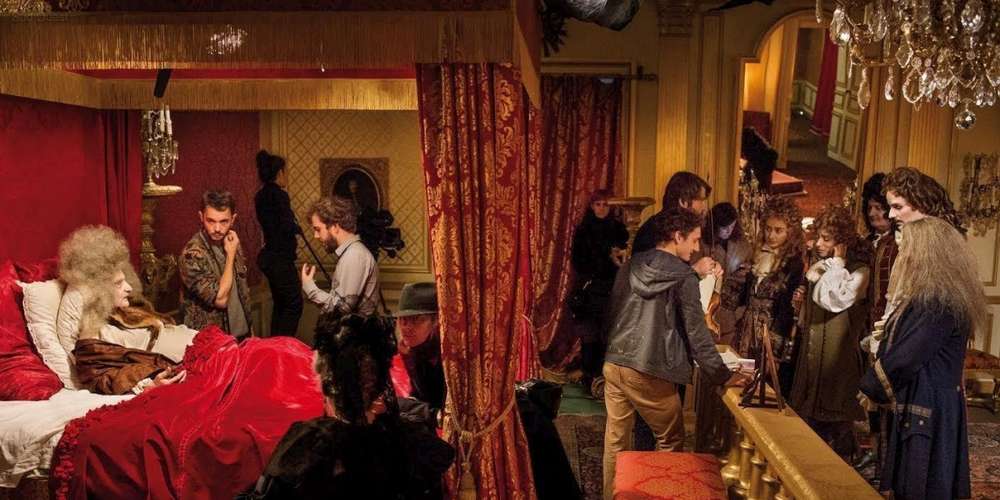
Did space actually exist or did they have to build it?
We had to create the king's room from scratch. We were in the burnt-out wing of an old castle, where only the walls were in poor condition. We built everything from the bed to the fabrics of the room.
Did you base it on photographs of the rooms in Versailles?
We were slightly inspired by Versailles. The challenge was to make the past present. We had to play with the iconography that the French public has very interiorized, but above all it was necessary to build a room where things were alive, a different setting from the classic academic series. We had to create an organicity between Jean-Pierre Léaud's body and the space. Seen from a certain perspective, I find my Versailles more real than the actual Versailles, where the tourists seem to walk around like it's Disneyland.
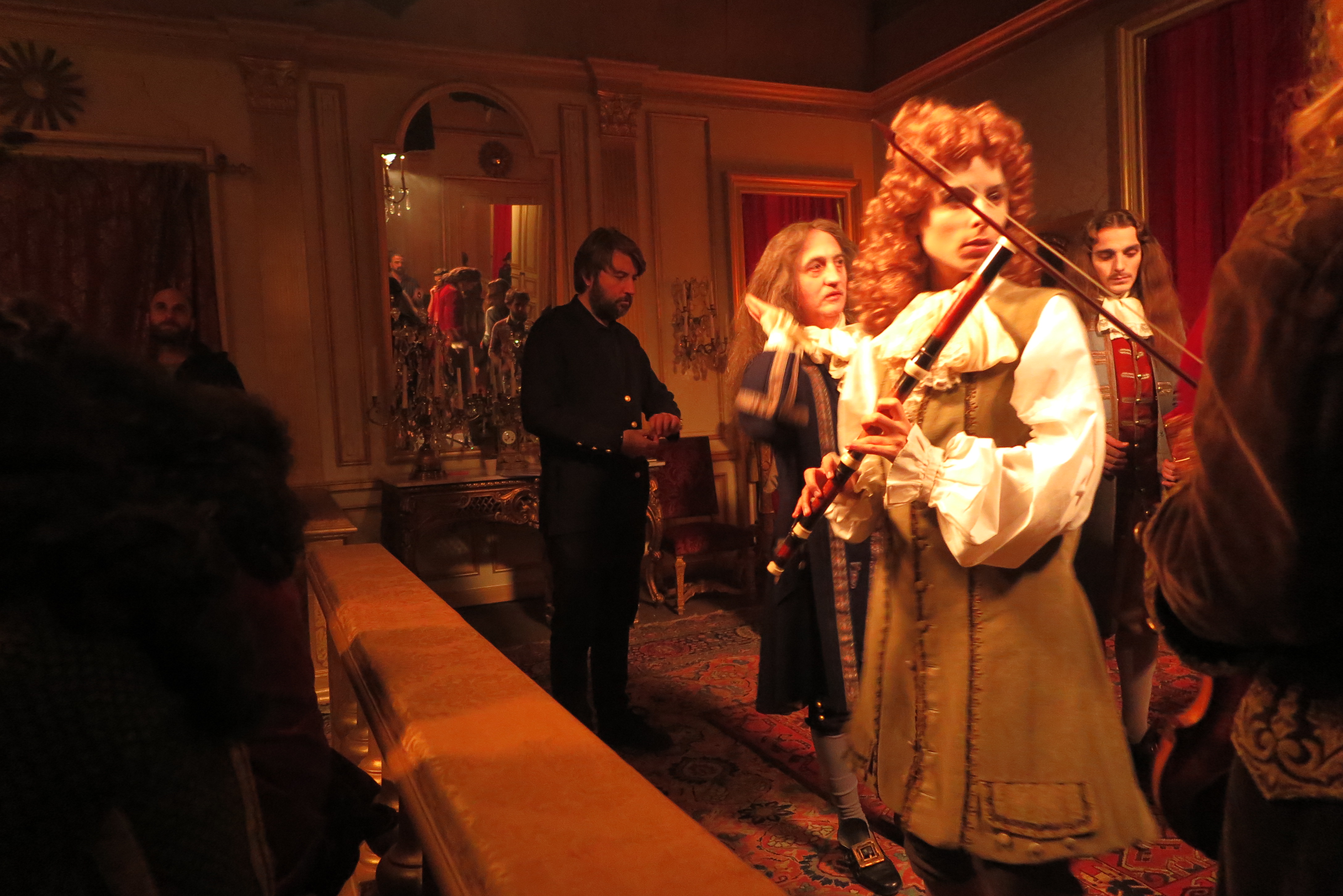
In Història de la meva mort you could imagine your idea of Casanova and Dracula, but in La Mort de Louis XIV you needed to have great historical precision, taking the risk that certain sectors in France could consider you an intruder in a world that, culturally, is not yours…
I departed from respecting the chronicles of the time which gave me confidence. The major concern at the outset was to ensure that Jean-Pierre Léaud's interpretation was appropriate. It was also very important to be precise in the use of the French language, without being too archaic. If I used the language of the time I risked frightening the viewer, but if I didn't use some expressions that were likely to refer to the imaginary of the time, it could generate a lack of credibility. It was necessary to maintain a fragile balance between the ancient and the modern. This not only affected the language, but also the attitude of the actors. It's true that Versailles was the world of representation, but the film takes place in the space of intimacy. The court's rhetoric remains, but other more intimate and spontaneous things also emerge. In bed, Louis XIV had already stopped performing.
This is one of the keys elements of the film, because we are situated in an ambiguous territory between the ornament of representation and the desolation generated by death.
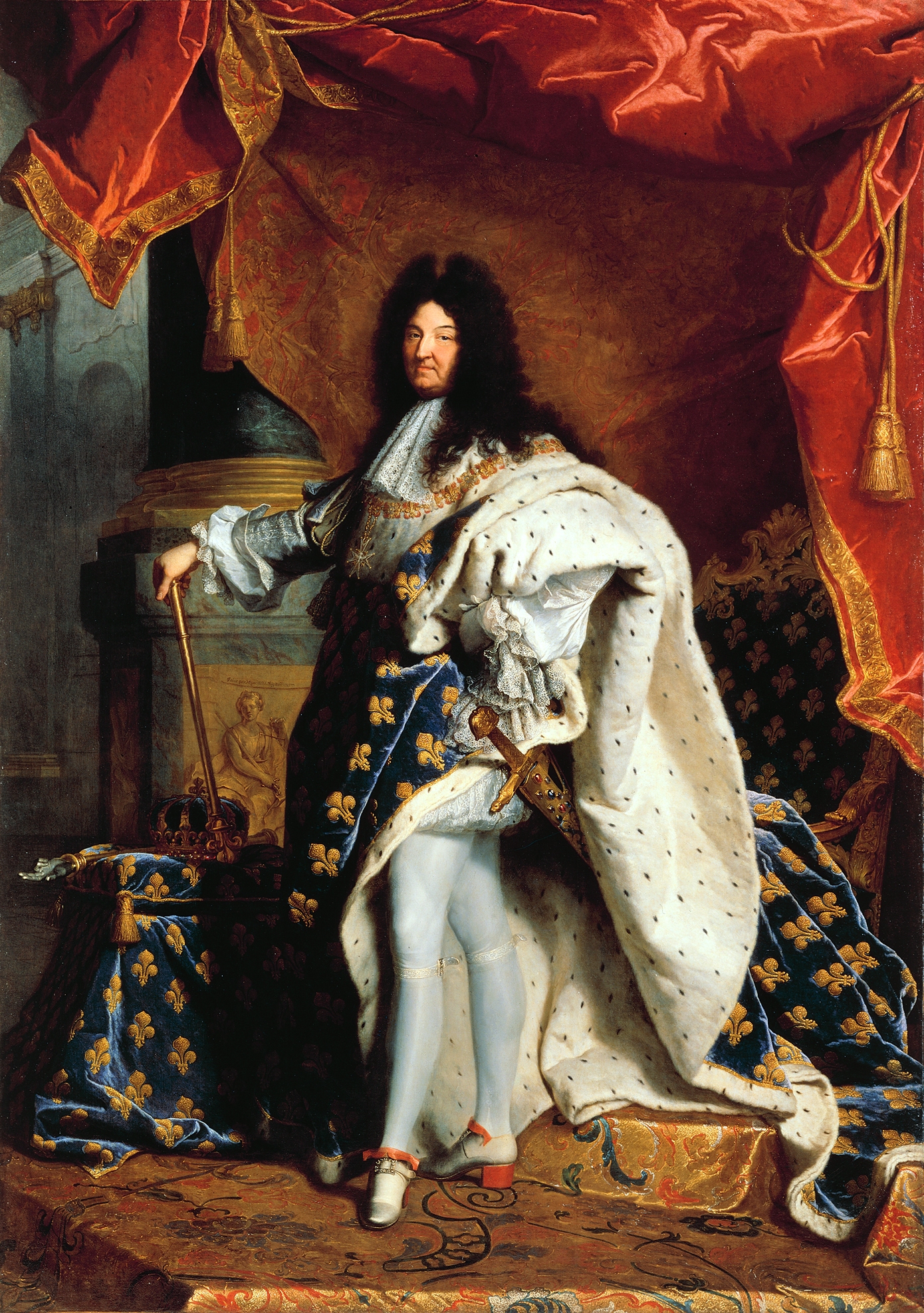
At first, the monarch stands before the court performing his rituals, but when we get to an intimate setting, everything changes. That is when I ask myself: What is intimacy?
For me it's a big question. If we think that in intimacy we act without worrying about what others will think, focused on ourselves, things change. Facing affliction, a person of the 18th century is not too different from a person of today.
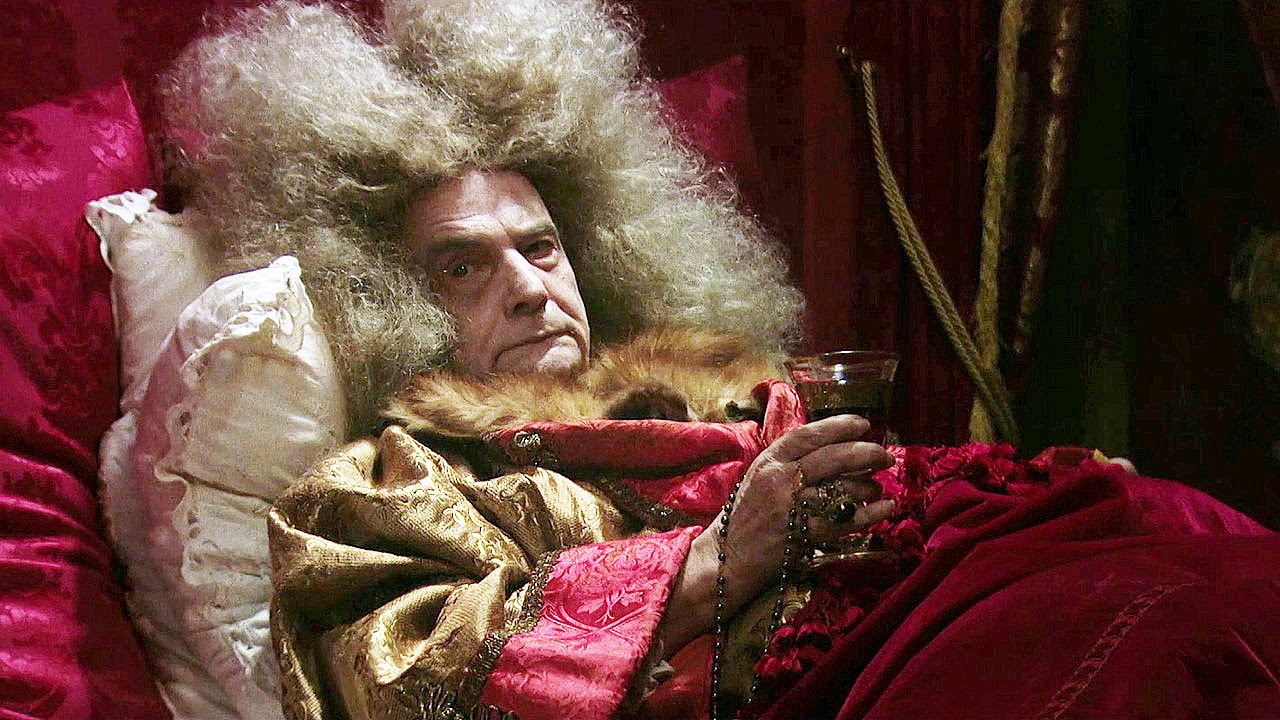
Could we not consider the film as the chronicle of a powerful man who throws off the mask of power to face the anguish of death?
The central idea is to confront absolute power with total impotence. It was a way of approaching the most human of things.
"If Louis XIV was the centre of the world, that centrality had to be respected. From the moment the king is dying, time enters into a strange loop: that's why I had to give strength to the physicality of pure agony in the editing"
How did you work on the story of Louis XIV with Jean-Pierre Léaud, did you rehearse the script beforehand or did you just put the wig on and start improvising during the shoot?
Before the shooting, all I explained to him was my methodology. I told him that the film was shot with three cameras, that I would often chain scenes together and that I would constantly make variations around a number of central motifs. At first, he found it difficult to situate himself. He is used to a type of shooting with only one camera and likes to be aware of the framing. When he found himself in front of three cameras he would get nervous. He has shot very few films with digital technology and sometimes he would exclaim: engine, wanting to mark the beginning of a shot. However, I start shooting without marking the beginning in order to give more freedom to improvisation. Jean-Pierre Léaud has always been a very sharp actor, with very characteristic gestures and a very determined way of speaking. Most of these gestures are modern, which forced me to filter them, in a way.
Does the decimation of these gestures imply the destruction of the myth of Jean-Pierre Léaud as the mythical actor of the Nouvelle Vague...?
I don't think it destroys the myth, because it never influenced my imagery. Most of the films in which he has been involved as an actor have not influenced me. The challenge was for him to stop being Jean-Pierre Léaud and become Louis XIV. What interested me most about his personality was his arrogant nature. He's very protective of himself and can't bear actors stealing his thunder.
Did you have less footage shot in your previous films?
I shot about 60 hours, more or less the same as with Honor de cavalleria and El cant dels ocells, Sixty hours of material is a lot. There are very few professional films
with so much material. As all the action took place in the same space, I had many similar scenes and this allowed me to make multiple combinations. I could use a shot from one scene and put in a reverse shot from another scene. To understand the film's structure, it was fundamental to start from the idea that it was focused on the character of the monarch. We shot a few instances involving the court's political conspiracies, but if we included them, we were moving away from the king's point of view. If Louis XIV was the centre of the world, that centrality had to be respected. From the moment the king dies, time enters a strange loop. That's why, in the staging, he had to give strength to the physicality of the pure agony.
Why have you made the theme of death the subject and title of two of your films?
I'm interested in revealing the interiority of historical or mythical beings in the face of circumstances that are very extreme. The road to death creates a natural drama, because death is already dramatic. On seeing the film, Jean Douchet said something very specific, he said that he was a filmmaker who worked on the dramaturgy of presence. I think my way of working is based on the presence of the characters, on getting them to echo their gestures as the situation moves forward, almost in a ritualistic way, towards the drama of death.
When I compare your work for the cinema with that made for the art world, I see that it perverts what people expect from each institution. In La Mort de Louis XIV there is performance and plasticity, while in the installation for the 2015 Venice Biennale, Singularity, the idea of a great deconstruction folly prevails. What is the reason for this change in expectations?
The fascination of La Mort de Louis XIV does not lie so much in its plastic values but in the possibility of a whole world being credible. This is clear in the first part, but when we place ourselves at the bedside, we are moving towards an abstraction. In Singularity, on the other hand, I was interested in displaying a wide range of situations, folk tales about capitalism and human greed. Being in an environment such as contemporary art, in which for many years narrative had been ruled out, I like to try out for myself what happens when a long, unfathomable story is explained, in which the spectator walks through the fragments that he or she contemplates when visiting the installation.
Interview held in Houston, Texas, on the 26th of September 2016.





